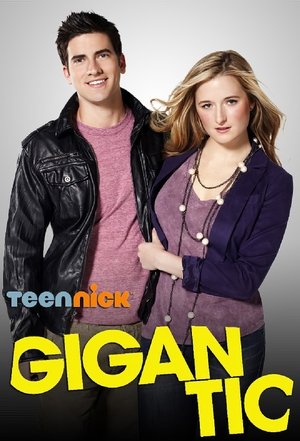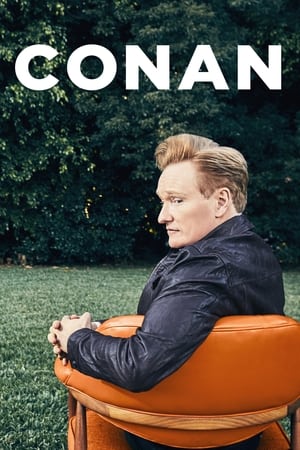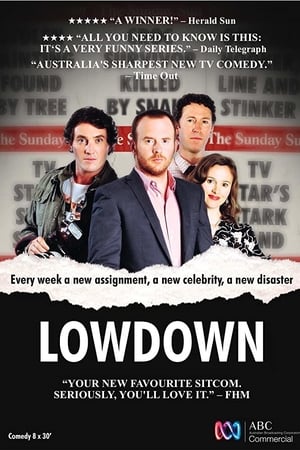Overview
Hollywood Residential is an American comedy television series created by and starring Adam Paul. It was originally broadcast on the Starz network in the United States.
Paul plays Tony King, an aspiring actor who had come up with an idea for a reality show in the style of This Old House in which each episode focused on his making improvements to the home of a Hollywood celebrity. Each episode featured a celebrity playing himself or herself.
Recurring themes include Tony's incompetence, his obsession with his ex-wife, and his simultaneous jealousy of and attraction for his co-host, Lila.
Tony's ex-wife Rachael was played by Rachael Harris. Adam Paul and Rachael Harris were married in real life and they divorced soon after the initial broadcast of Hollywood Residential.

 English
English
 0
0
 2008
2008
 US
US



















